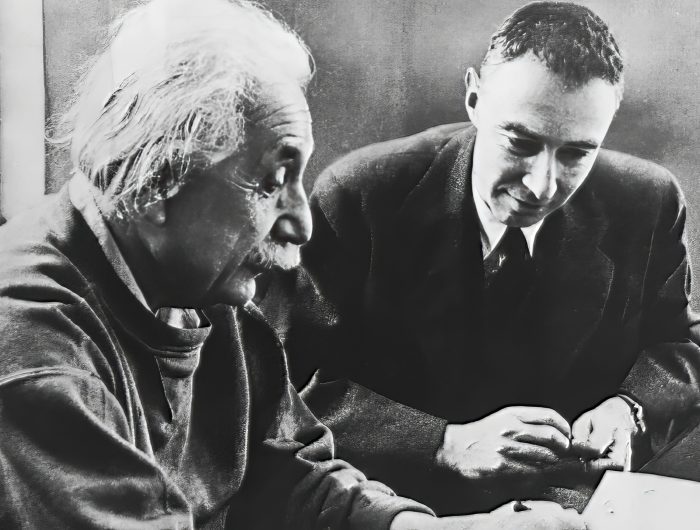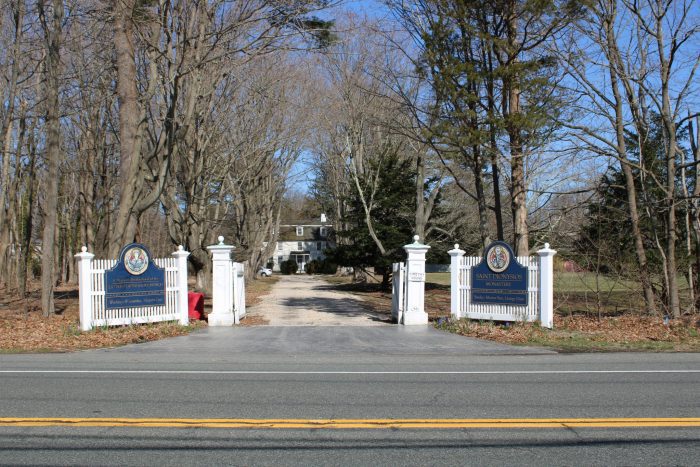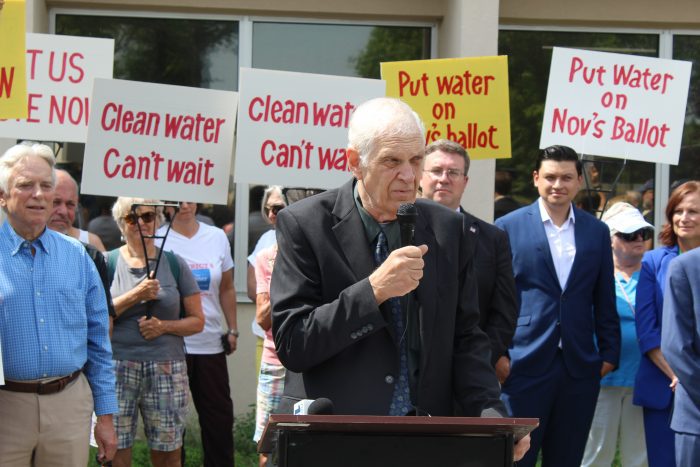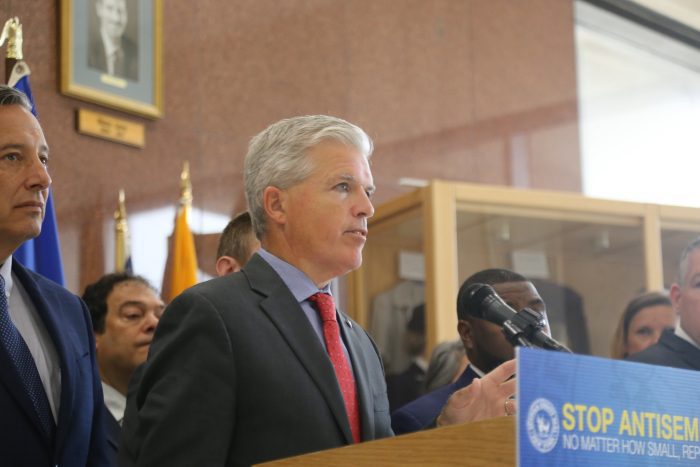‘Now I am become death, the destroyer of worlds.’
— J. Robert Oppenheimer
J. Robert Oppenheimer was born in 1904 in New York City. During childhood, he studied minerals, physics, chemistry, Greek, Latin, French and German. After graduating high school as valedictorian, Oppenheimer fell seriously ill with dysentery. His family sent him westward to treat this medical condition in New Mexico, where he loved riding horses in the open terrain.
After graduating from Harvard University in three years with a degree in chemistry, he studied physics at Cambridge University in England. Earning his doctorate and studying with other specialists and Nobel Peace Prize recipients, Oppenheimer built relationships with some of the foremost physicists of the time. While in Germany, he observed widespread antisemitism fostered by Adolph Hitler’s Nazi regime. Many scientists in Germany were Jewish and later fled the Holocaust by immigrating to the United States. There, they used their talents to help defeat the Nazis.
During the Great Depression, Oppenheimer was an ardent critic of Spanish general, Francisco Franco, supporting the Spanish Republican government and opposing the fascists. While never formerly a member, Oppenheimer openly accepted the views of the American Communist Party.
During that time, the U.S. Federal Bureau of Investigation watched over his activities and those of his friends. He never hid his political beliefs. Oppenheimer was also deeply flawed, a womanizer who had an affair and a child with another man’s wife.
Manhattan Project
Before the Japanese attack on Pearl Harbor, Oppenheimer conducted extensive scientific research on possible military theories that piqued the government’s interest. Gen. Leslie Groves, an abrasive army officer who led the construction of the Pentagon, was touted for building complex government structures. The son of a Presbyterian Army chaplain, his superiors saw him as a motivated figure who succeeded at resolving challenging problems.
By 1942, the United States mobilized its citizens to fight, and its scientists to keep pace with the Germans to construct a nuclear bomb. Groves understood that Oppenheimer knew the rival German scientists, as he had worked alongside many of them during the 1930s.
Groves chose Oppenheimer to lead a group of America’s leading scientists, concentrating most of them at Los Alamos, New Mexico, in what was known as the Manhattan Project. Groves relied heavily upon Oppenheimer to mold these contrasting personalities, further pressured by an impending timetable, and create the most destructive weapon known to man — all before the Germans could do so themselves.
Under a cloud of secrecy, over the next two-and-a-half years, Groves prioritized resources, money and manpower for this endeavor. He spent some $2 billion to create this weapon.
Destroyer of worlds
After the death of President Franklin D. Roosevelt, Secretary of War Henry Stimson briefed President Harry S. Truman on April 24, 1945, about the status of the Manhattan Project.
After the Nazi surrender, Groves put pressure on Oppenheimer to ensure that America could use the weapon against the Japanese. During the Potsdam Conference, where the three leading Allies — the Soviets, the British and the Americans — met to plan the postwar peace, Truman learned of the successful Trinity Test on July 16, 1945.
American military leadership suspected the Japanese would fight to the last soldier. And so, 78 years ago this month, the United States dropped two atomic bombs on the Japanese cities of Hiroshima and Nagasaki. At first, Oppenheimer was pleased with his creation, though he later feared a future arms race would precipitate and that nuclear Armageddon could lead to the annihilation of humanity.
Fallout
And as the Cold War began, Americans at home were concerned about the spread of communism. Oppenheimer led the effort to create the atomic bomb, but his communist sympathies were again scrutinized during the Red Scare.
The Soviet Union quickly attained the atomic bomb. These were dangerous times for the United States.
In 1954, the Department of Energy revoked Oppenheimer’s security clearance due to fears that he could not be trusted with classified information.
Oppenheimer, a complex historical figure harboring beliefs that often ran contrary to those held by the government and most Americans, helped the Allies win World War II. He symbolized American scientific superiority, though he was a casualty of domestic Cold War stigma.
A scientist who created the worst weapon ever used in warfare, he also sought peaceful measures to ensure that an arms race and nuclear conflict would not recur.
Oppenheimer died on Feb. 18, 1967, at age 62.
Rich Acritelli is a social studies teacher at Rocky Point High School and an adjunct history professor at Suffolk County Community College.










 “The biggest concern is the lack of reporting, the underreporting that’s occurring out there,” he noted. “We want to make sure we have as much robust reporting as possible, so we have a full picture of what’s happening” within the community.
“The biggest concern is the lack of reporting, the underreporting that’s occurring out there,” he noted. “We want to make sure we have as much robust reporting as possible, so we have a full picture of what’s happening” within the community.








